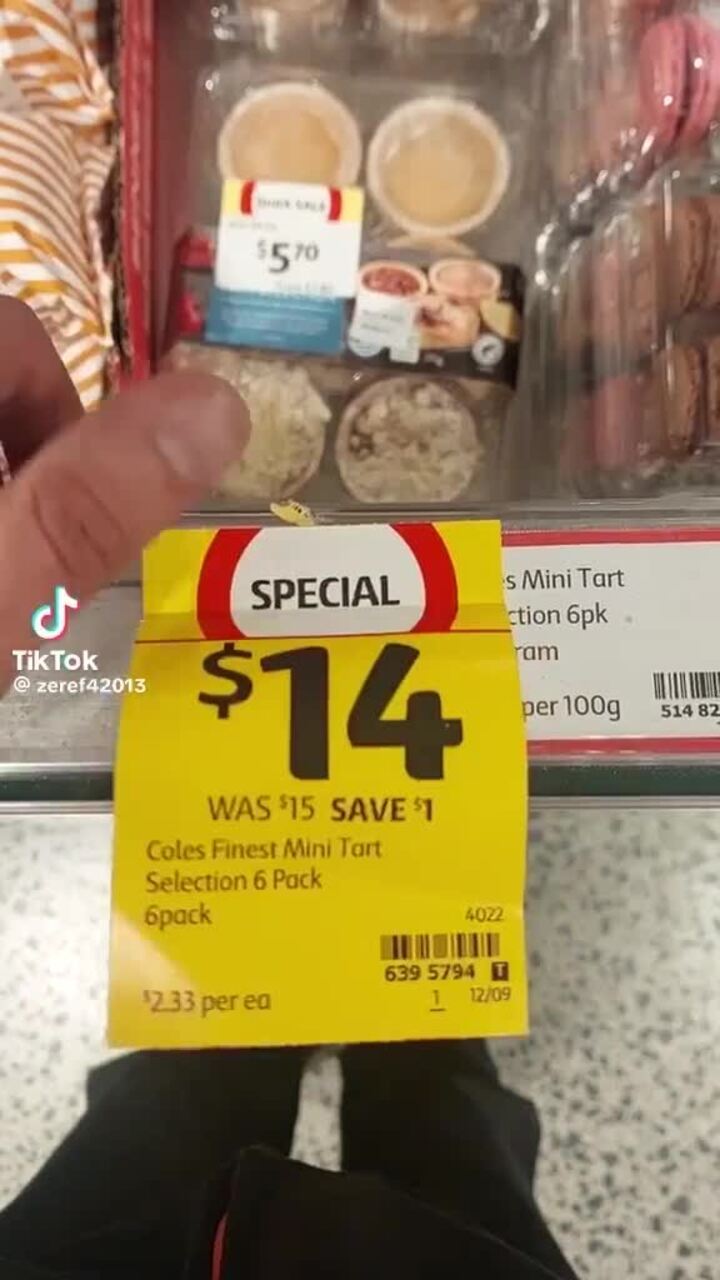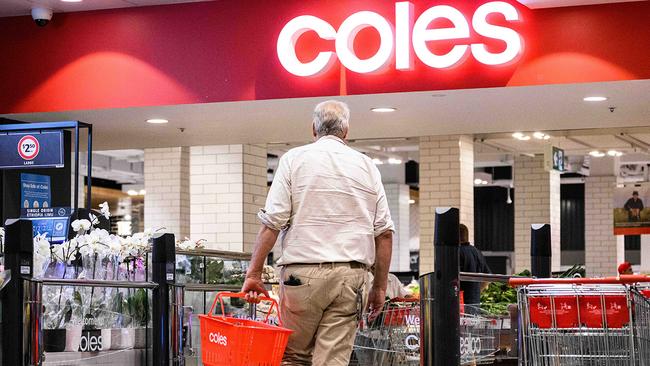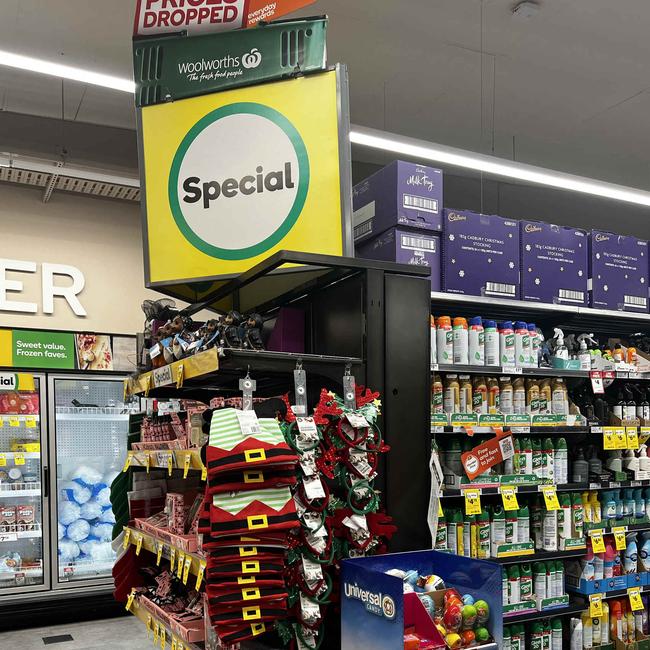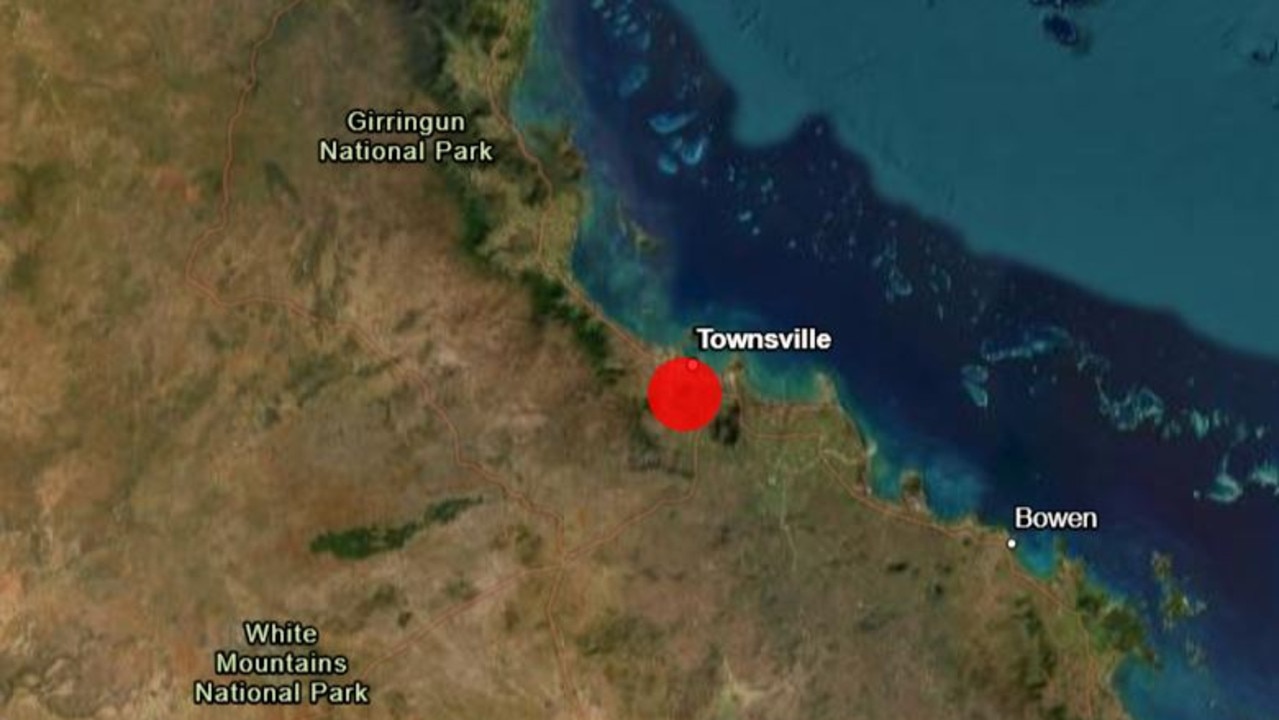Multi-buys, seasonal discounts and shrinkflation: Top 10 supermarket pricing tricks
Supermarket juggernauts Coles and Woolworths are under fire for “misleading” discounts, now consumer advocates have highlighted the other tricks used.

QLD News
Don't miss out on the headlines from QLD News. Followed categories will be added to My News.
Australia’s two biggest supermarkets have come under fire for “misleading” discounts but that’s not the only way they’re fooling customers.
Consumer advocates have outlined the tricks supermarkets use to get the most out of their customers.
It comes after Woolworths and Coles faced claims they have promoted “misleading” discounts on hundreds of supermarket products in a court case launched by the competition regulator.
Australian Competition & Consumer Commission’s separate proceedings in the Federal Court allege a breach of the Australian Consumer Law by “misleading consumers through discount pricing claims” on the products.

The allegations relate to products sold by Woolworths and Coles at regular long-term prices, which remained the same, excluding short-term specials, for at least six months and in many cases for at least a year.
CHOICE recommended the government “introduce a mandatory information standard for supermarkets that ensures their pricing is clear”, according to the report.
“CHOICE recommended that … supermarkets should publish historical pricing data on all products in stock so that consumers are able to compare and verify pricing claims,” the report said.
“Empowering consumers with this information will mean they are able to make stronger purchasing decisions and not be lured into misleading specials and discounts.”

The consumer advocate association has highlighted the other ways supermarkets are making it hard for customers to compare prices.
PRICING TACTICS
1. Multi-buy specials
Deals aimed at getting customers to buy several products for a “cheaper” price, like the “two for the price of one” specials are just one of the quick ways supermarkets reel consumers in. These specials or discounts are designed to make shoppers feel like they are saving big when they buy more of the same product.
2. Colour psychology
Ever wondered why specials tags are always red or yellow? There is a whole thought process behind that. Speaking to CHOICE, a retail expert found shoppers had been conditioned to associate these colours with a sale, with the bright primary colours more likely to capture a consumer’s attention.
3. End caps
End-of-the-aisle displays are more likely to sell up to eight times better than other products on regular shelves CHOICE reported. Customers would likely walk the perimeter surrounding the aisles, ducking into some they know they need to head into.
This is why you are more likely to see a sale or special at the very end of the aisle – think the piles of chocolate egg boxes during Easter.

4. Shrinkflation
Shoppers are becoming increasingly more frustrated with “shrinkflation” – which is decreasing the size or quantity of a product, while keeping the price the same. CHOICE found shrinkflation is harder to spot for customers than a price increase and was “a more subtle way for companies to try to pass these rising costs onto consumers”.
5. Discounts lacking context
The previous price of the product and the amount of the discount can sometimes be omitted when a discount tag is added to a product. This makes it hard to know if a discount is genuine and how much a product is discounted by.
6. Locked prices
Coles customers were told that low prices of some products were locked in until a certain date, only for the price to rise before that date. Following a complaint from consumer advocates, Coles apologised and refunded customers.
7. Seasonal discounts
Seasonal discounts can be used during specific periods of the year, such as holidays, back-to-school seasons, or summer sales to heighten customer spending.
These typically affect durable products creating the sense that it is a limited-time offer when it is not.

8. Fruit and veggies first
If you feel good, you’re likely to buy more, and that is exactly why customers will find the fresh section at the very front of the store.
Marketing expert professor Jane Bowden told CHOICE fresh vegetable displays were aimed toward encouraging consumers to feel good about their lifestyle choices.
“Buying fresh, nutritious produce early in the shopping trip acts as a sort of approval to cart more ‘guilty pleasure’ foods such as snacks and confectionery later on. These, of course, are often higher-priced products,” Professor Bowden said.
9. How “special” is it really?
CHOICE found supermarkets were using price tags with the same design and colour as a special discount tag, despite the product not being discounted. The colour and discount signage was more likely to draw customers in.
10. Impulse purchases
Shoppers are bound to find a bunch of snacks, knick-knacks, and junk foods displayed at the checkout. This is strategically done to make shoppers feel less guilty after picking up the essentials or the products they need from their shopping trip.
Originally published as Multi-buys, seasonal discounts and shrinkflation: Top 10 supermarket pricing tricks



